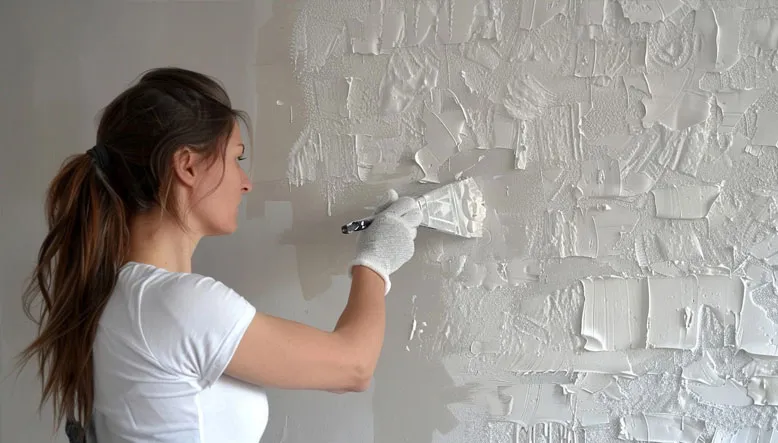When it comes to repair and remodeling projects, choosing between putty, plaster and sheetrock can be confusing, as each material has its own characteristics and applications. In this article, we explain the key differences between these three materials, their advantages and disadvantages, and when each is best suited for use. Whether you need to repair cracks, smooth walls or do decorative work, here you will find the information you need to make the best decision and get professional results for your projects.
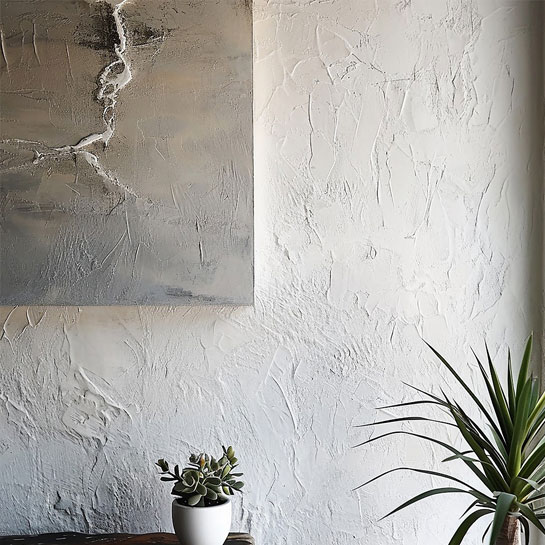
What are putty, plaster and gypsum?
All three are essential materials in construction and repair work, but their uses vary significantly due to their physical and chemical properties.
Putty definition and characteristics
Caulk is a filler compound used primarily to repair small cracks and holes in surfaces, especially walls and ceilings. It is made of acrylic or vinyl polymers and has a pasty texture, which facilitates its application and molding. Its drying time is relatively short and, once hardened, it can be sanded to obtain a smooth finish.
Properties and common uses of plaster
Plaster is a type of plaster of high purity and fineness, used especially in decorative and finishing works. It is ideal for creating moldings, decorative figures and smooth surfaces on walls and ceilings. Plaster has a fast drying time, which allows it to work more quickly, but it can also be more fragile compared to other materials.
Main characteristics of gypsum
Gypsum, in its most common form, is a building material widely used for coatings and finishes on walls and ceilings. It has the ability to harden when mixed with water, forming a tough, durable surface. Unlike plaster, gypsum is more versatile in its use, both indoors and outdoors.
Comparison of Advantages and Disadvantages
Each material offers specific benefits depending on the type of project, but also has limitations that must be considered.
Advantages of mastic
It is easy to apply and handle, ideal for small repairs and details. The putty has a short drying time, making it a quick option for touch-ups and finishing. It is flexible, allowing it to adapt to surface movement without cracking.
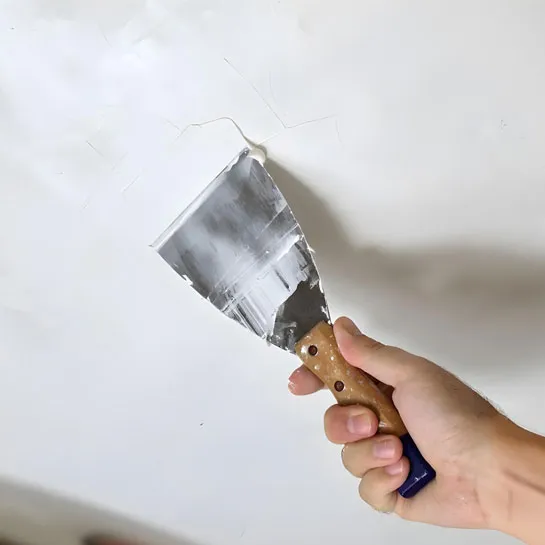
Advantages of plaster
Its fine texture allows obtaining very smooth and detailed finishes, ideal for decorative works. Plaster is excellent for moldings and figures, offering great versatility to customize spaces. It dries quickly, allowing projects to move forward without long waiting times.
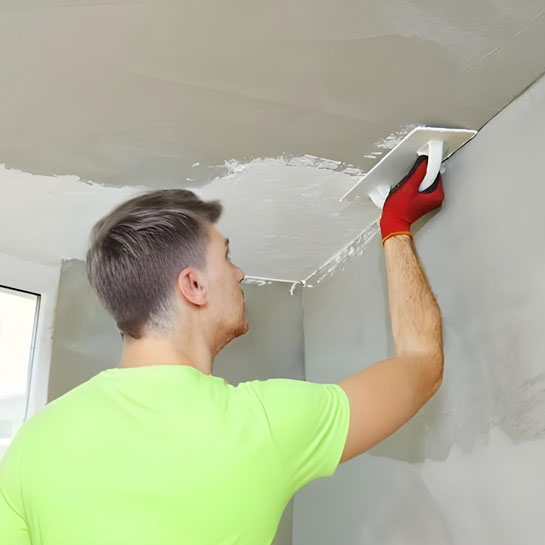
Advantages of gypsum
It is stronger and more durable, suitable for large surfaces and outdoor applications. Gypsum has a good adhesion capacity, which allows it to cover rough surfaces with ease. It is an excellent thermal and acoustic insulator, improving the energy efficiency of the home.
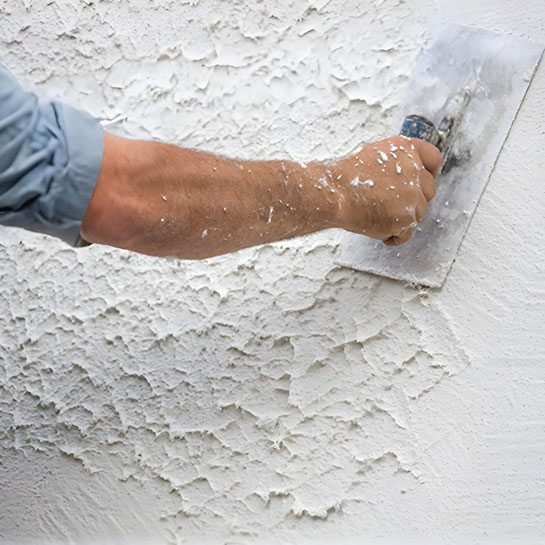
Disadvantages and limitations of each material
Putty is not suitable for large surfaces, as its application over large areas can be complicated. Plaster, although very aesthetic, is more fragile and less resistant to impact than other materials. Gypsum, on the other hand, requires more time to dry compared to putty or plaster, and can be more difficult to work with if you are inexperienced.
Putty, Plaster and Gypsum Types and Variations
The various types of putty, plaster and gypsum available on the market are designed to meet specific construction and repair needs. Each has its own variants, which are better suited to certain uses. For example, putty can be found in fast- or slow-drying versions, as well as in exterior or interior compositions. Plaster can be classified according to its setting and quality, which influences its use in decorative or structural work. Gypsum, on the other hand, has options such as sprayed or laminated, each with particular properties for different types of applications.
Types of mastic according to use
There are putties for exteriors and interiors, with special properties of impermeability or moisture resistance. There are also quick-drying mastics, perfect for urgent repairs, and flexible mastics that adapt better to surfaces with movement.
Different types of plaster
You can find modeling plaster, slow-setting or fast-setting, depending on the intended use. Common plaster is ideal for coverings, while modeling plaster is used for decorative and sculptural works.
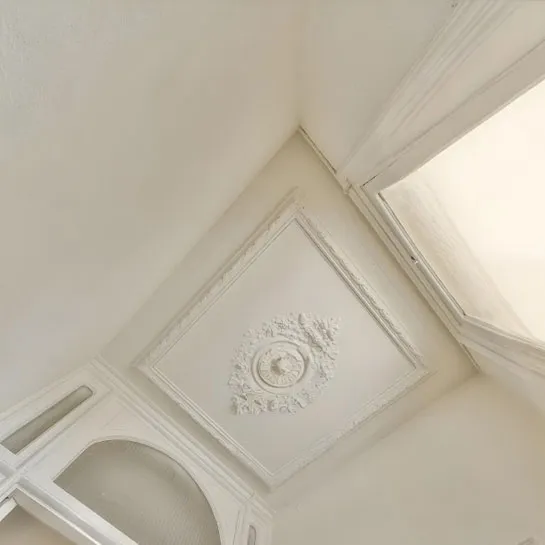
Varieties of gypsum on the market
Traditional plaster is the most commonly used, although there are also options such as laminated plaster (plasterboard), which is used for the construction of partitions and false ceilings. Projected plaster, which is applied by machine, is another common option for large surfaces.
When to Use Each Material? Case Studies
The choice between putty, plaster or plaster depends on the type of project and the desired result.
- Crack and hole repair: What to choose?For small repairs, putty is the most convenient option because of its ease of use and fast drying time. For deeper cracks, plaster can provide a more durable solution.
- Smoothing walls and ceilings: the best material: If you are looking for a smooth finish on a large wall, plaster is the best choice for its strength and durability. Plaster can be useful for small areas or decorative details.
- Decorative works: plaster or plaster?Plaster is the best choice for creating moldings, reliefs and other decorative figures due to its fineness and moldability. Plaster is used more for bases or as a support for decorative plaster elements.
- Interior and exterior applications: Gypsum is suitable for both interiors and exteriors if specific water-resistant products are used. Putty is generally used in interiors, while plaster is better for interior decorations due to its fragility to moisture.
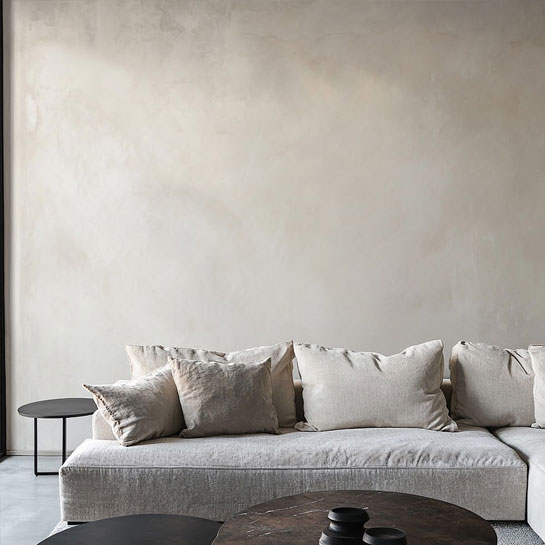
Tools Needed to Work with Putty, Plaster and Gypsum
The right type of tool facilitates the work and improves results.
- Recommended tools for putty: Spatulas of different sizes, sandpaper for polishing and a mixing container if the putty is in powder form.
- Equipment for applying plaster: steel spatulas, molds for decorative figures, modeling tools and water for mixing.
- Tools for a perfect plaster finish: metal trowels, sponges for smoothing the surface, trowels for mixing and, in some cases, plaster spraying machines.
Common Mistakes When Using Putty, Plaster and Gypsum (and How to Avoid Them)
It is easy to make mistakes when working with these materials, but they can be avoided with proper preparation.
- Typical putty problems: Applying too much putty can cause it to crack as it dries. It is important to apply thin coats and allow each one to dry before adding more.
- Common difficulties with plaster: Mixing plaster with water incorrectly can cause it to set too quickly or be difficult to handle. It is important to follow the water/plaster ratio instructions.
- Mistakes when applying plaster and how to fix them: Failure to properly level the surface before applying the plaster can result in an uneven finish. It is also important not to rush the drying process to avoid cracks.
Cost and Performance Comparison
The relationship between cost and performance is a crucial factor when choosing between putty, plaster and gypsum. Each material has a price that varies according to the brand, quality and quantity purchased, as well as the efficiency of its use. Plaster tends to be more economical when working on large surfaces, while putty, because of its ease of application, is ideal for details. Plaster, while it can be expensive for decorative moldings, offers an unmatched finish for artistic and precision work.
Price per square meter of putty, plaster and gypsum
Putty tends to be more expensive for large applications, but suitable for small repairs. Gypsum and plaster are more economical options for large surfaces.
Performance depending on the type of work
Gypsum performs better for large-scale projects, while putty is more efficient for details and touch-ups.
Tips for a Professional Finish
Achieving a professional finish with putty, plaster or plaster requires technique and knowledge. It is important to work on well-prepared surfaces, make sure they are clean and dry, and apply thin coats, especially on large areas. The use of appropriate tools, such as quality trowels and spatulas, also makes a difference in the final result. In addition, respecting drying times and using primers or sealers according to the type of material helps to improve the adhesion and durability of the finish.
Application techniques for better results
Smooth the surface with uniform movements and apply the material in thin layers to avoid overloading the surface.
How to prevent the material from cracking or peeling off
Make sure the surface is clean and dry before applying the material. If necessary, apply a primer to improve adhesion.

